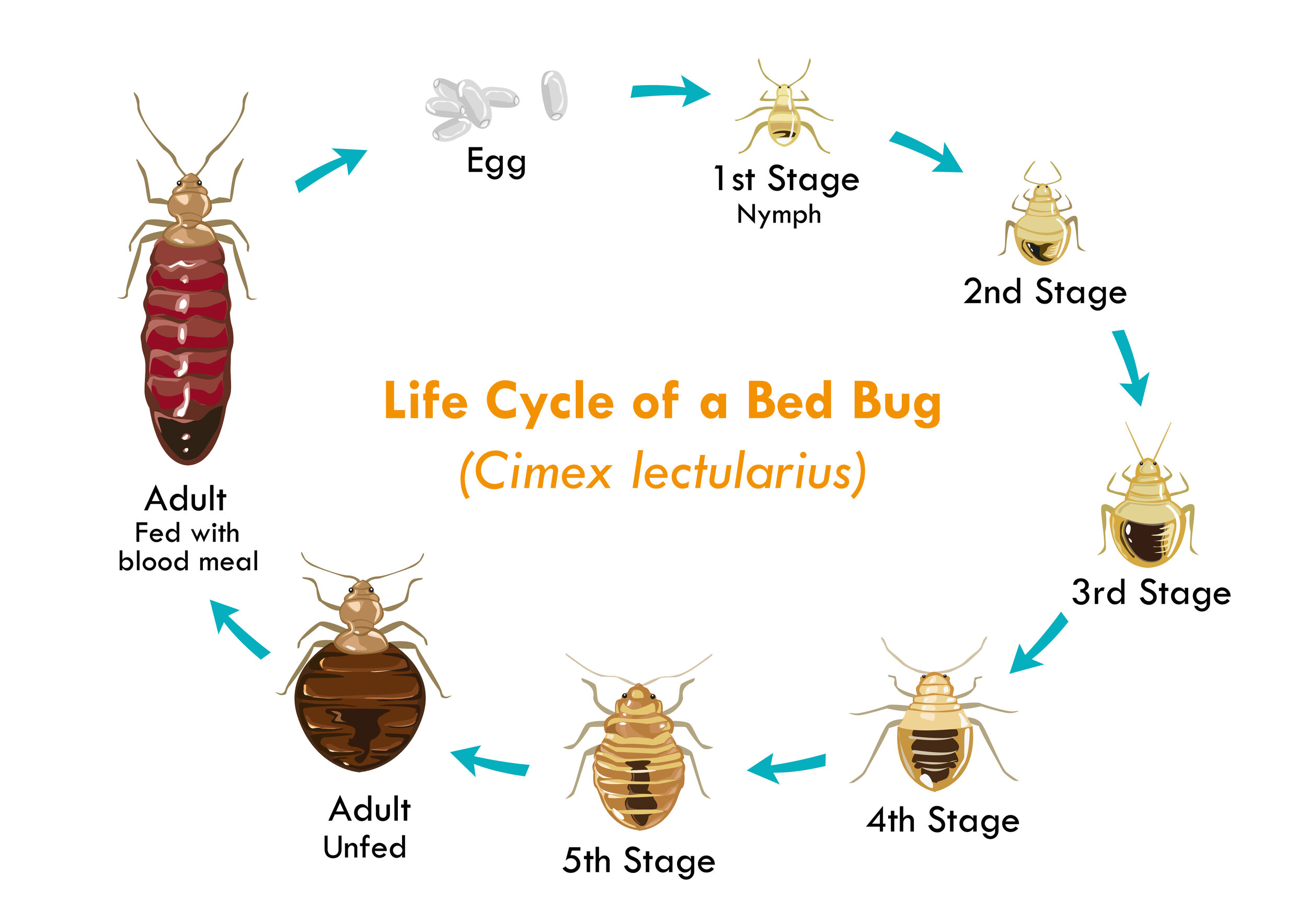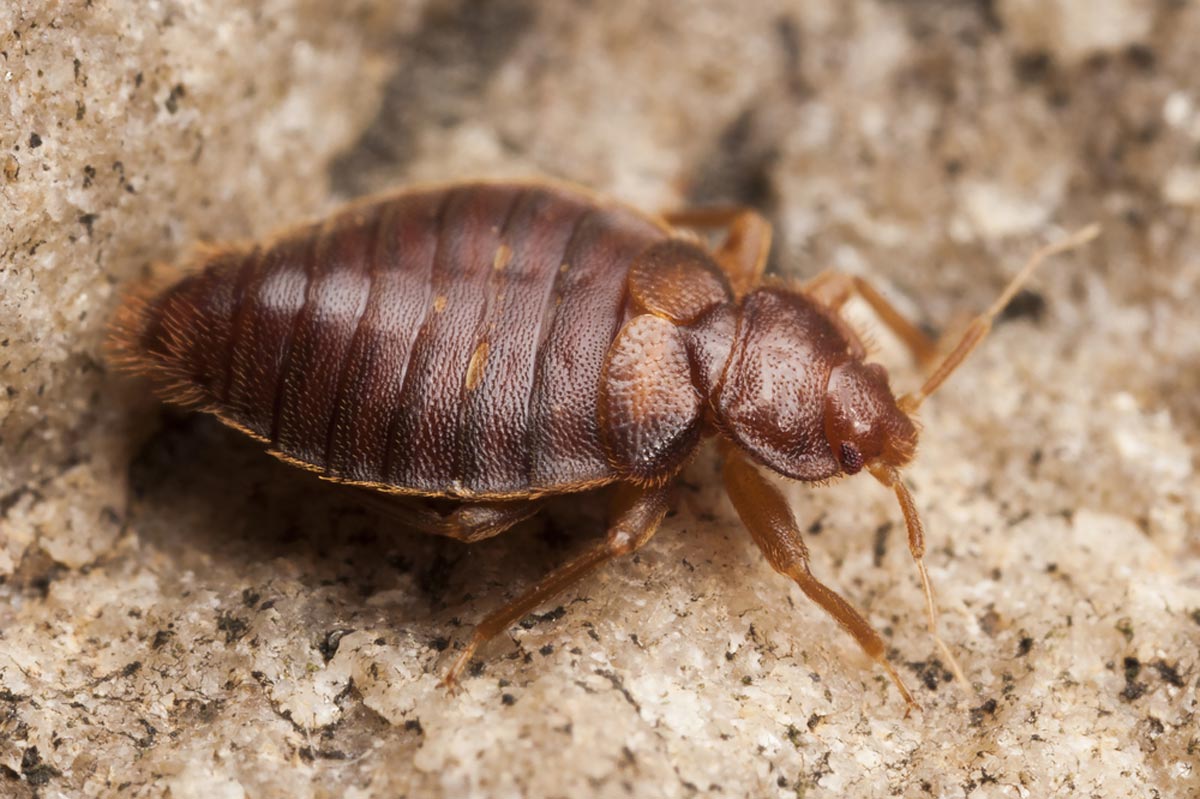A1 Bed Bug Exterminator Houston: Quick Removal Solutions
A1 Bed Bug Exterminator Houston: Quick Removal Solutions
Blog Article
Understanding the Lifecycle of Pests for Targeted Control Techniques
Understanding the lifecycle of pests is a fundamental aspect of effective insect management strategies. By understanding the numerous stages of growth that parasites go through, a more exact and targeted method can be adopted to regulate their populaces. This expertise not only sheds light on the susceptabilities within the bug lifecycle however likewise leads the way for implementing calculated steps that can disrupt their development and reproduction cycles. Via a much deeper understanding of exactly how pests advance and thrive, tailored control approaches can be made to deal with specific factors in their lifecycle, ultimately causing even more successful parasite administration outcomes.
Importance of Comprehending Parasite Lifecycle
Understanding the lifecycle of bugs is important for developing effective and targeted control approaches in pest management. By comprehending the various phases an insect goes with from egg to adult, pest control specialists can identify at risk points in the lifecycle where treatment can be most successful.
Furthermore, acknowledging the specific ecological conditions required for each phase of the bug's lifecycle can assist decisions on habitat alteration or exemption methods to disrupt the lifecycle and lower parasite populations. This knowledge makes it possible for pest monitoring experts to implement aggressive procedures instead of counting only on responsive treatments, bring about even more long-lasting and lasting parasite control options. Ultimately, a complete understanding of insect lifecycles empowers bug control specialists to customize their methods efficiently, minimizing ecological impacts and taking full advantage of control results.
Trick Stages in Parasite Advancement
To effectively execute targeted control approaches in pest management, a vital aspect lies in thoroughly recognizing and recognizing the key stages in insect advancement. Bug growth generally consists of a number of vital phases that are critical for their lifecycle and administration. The first stage is the egg stage, where pests lay eggs that later on hatch out right into larvae. Larvae after that proceed right into pupae, a phase where they undertake transformation prior to emerging as grown-up pests. Understanding these stages is important as it helps in pinpointing weak spots in the lifecycle where control steps can be most efficient.

Vulnerabilities in Bug Lifecycle
Throughout the various stages of a parasite's lifecycle, distinctive vulnerabilities emerge that can be strategically targeted for reliable control steps (A1 bed bug removal houston). One essential vulnerability lies in the egg stage, where pests are often more at risk to specific insecticides or organic control agents due to their soft external covering, making them easier targets for treatment. Comprehending these susceptabilities in the insect lifecycle is essential for creating effective and precise control methods that effectively take care of insect populaces while minimizing environmental impact.
Carrying Out Targeted Control Measures

Applying targeted control steps typically includes a multi-faceted strategy. This may consist of environment adjustment to make the setting less check out here welcoming to pests, such as eliminating standing water for insect control or sealing entrance factors for rats. Furthermore, biological control techniques can be made use of, where all-natural predators or microorganisms are presented to keep insect populaces in check.
Integrated Insect Management (IPM) strategies that incorporate numerous control steps in a coordinated and sustainable fashion are commonly the most efficient in achieving long-term parasite monitoring goals. By implementing targeted control actions based on a detailed understanding of bug lifecycles, pest populations can be efficiently controlled while minimizing dangers to human health and wellness and the setting.
Enhanced Bug Administration Practices

Furthermore, the consolidation of organic control agents, such as natural predators or virus of parasites, can help minimize dependence on chemical pesticides and advertise a more balanced ecological community. Executing physical barriers and traps can additionally be component of enhanced insect administration techniques, supplying non-toxic and targeted services for bug control. In addition, using pheromones and various other semiochemicals can interfere with pest breeding patterns and interaction, bring about reduced pest populations in time.
Final Thought
By recognizing crucial stages in pest growth hop over to these guys and susceptabilities in their lifecycle, targeted control steps can be executed to minimize pest populaces. Improved insect management techniques can aid Continued decrease the reliance on broad-spectrum chemicals and promote even more lasting and ecologically pleasant bug control techniques.
Understanding the lifecycle of bugs is important for developing efficient and targeted control approaches in bug monitoring. By understanding the numerous phases a parasite goes through from egg to grownup, insect control professionals can recognize susceptible factors in the lifecycle where intervention can be most effective. Ultimately, a detailed understanding of insect lifecycles encourages insect control experts to tailor their methods effectively, lessening ecological effects and making best use of control end results.
By implementing targeted control procedures based on a detailed understanding of insect lifecycles, bug populaces can be effectively managed while lessening threats to human health and the atmosphere.
By determining vital stages in pest advancement and susceptabilities in their lifecycle, targeted control actions can be implemented to minimize bug populaces.
Report this page